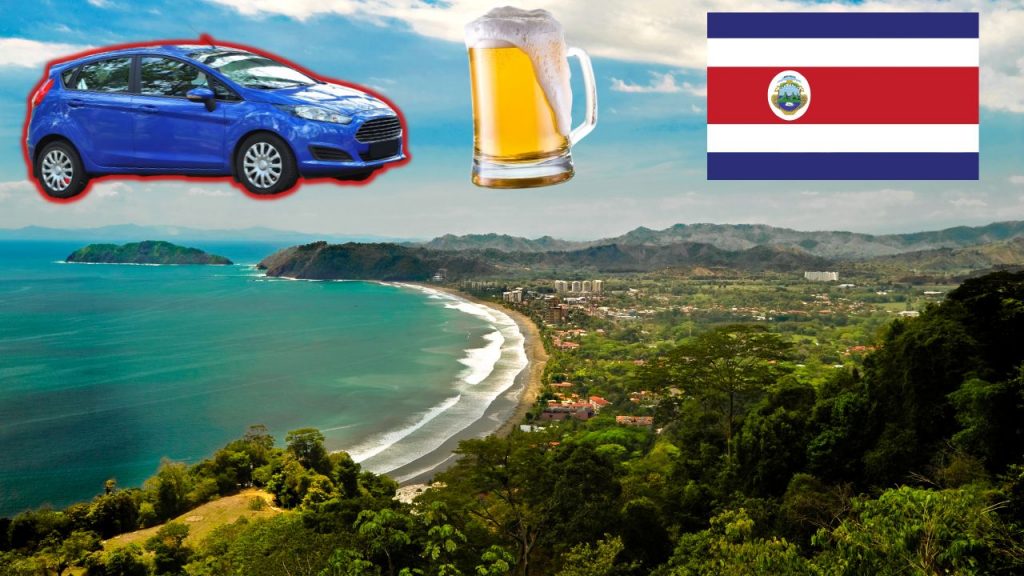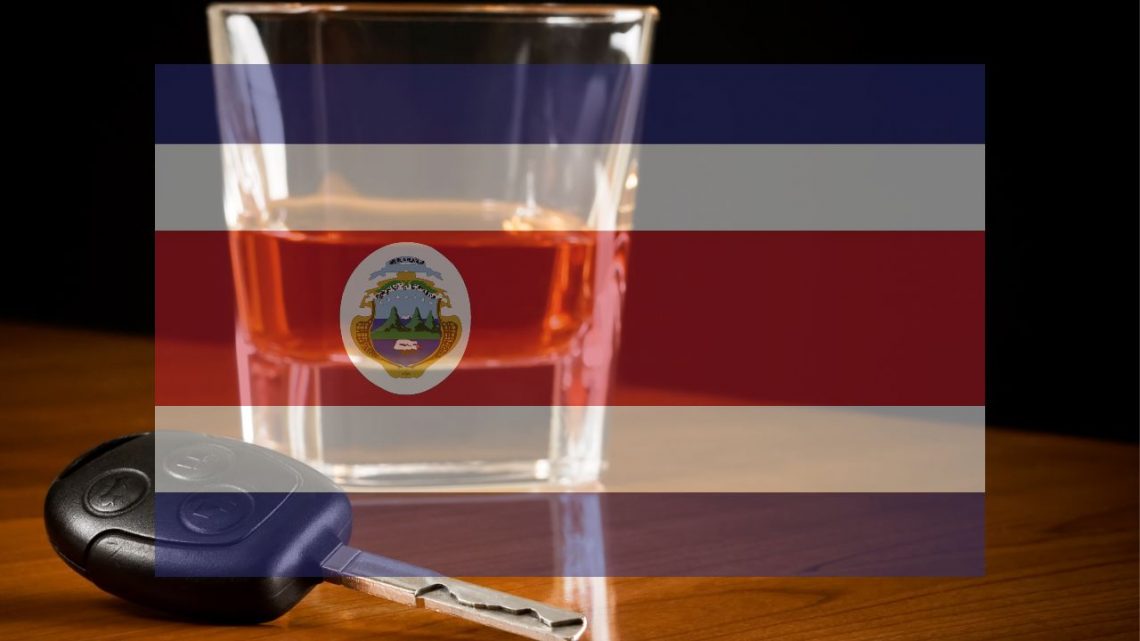Costa Rica enforces a precise legal limit for blood alcohol concentration (BAC) at 0.05%. Consuming two standard alcoholic beverages typically leads to reaching this threshold. However, individual differences in the way alcohol affects BAC since the impact can differ among people, even when consuming the same amount. Factors like alcohol metabolism in the body can contribute to variations in BAC levels.
The purpose of this article is to inform and spread awareness about driving under the influence in Costa Rica. The information presented on this website does not support or promote impaired driving in any place or nation. We recommend responsible decision-making and prioritizing the safety of oneself and others when driving a vehicle.
There is limited information about the number of drunk driving fatalities in Costa Rica. But according to available data from WHO, approximately 31.2% of road crash fatalities in 2016 were attributed to alcohol involvement.
These statistics highlight the significant impact of alcohol on road safety and emphasize the need for responsible driving practices.
Drivers must refrain from driving after consuming alcohol. However, if driving after drinking is unavoidable, we highly advise you to opt for safer transportation alternatives, such as authorized driving services or taxis.
Before traveling to any country, individuals should familiarize themselves with the specific regulations regarding driving under the influence in that location. Regularly using a breathalyzer to monitor one’s blood alcohol level can help ensure compliance with the legal limits while operating a vehicle.
Please visit the country’s official website for more comprehensive details about safe driving in Costa Rica.
Punishments for Drinking and Driving in Costa Rica
Drinking a single bottle of beer can already impact your driving ability. As your blood alcohol concentration rises, these impairments become increasingly noticeable. Your coordination and decision-making skills can be compromised even at BAC levels as low as 0.010% to 0.029%.
Drivers need to comprehend that laws and penalties related to drunk driving can vary from one country to another. Being knowledgeable about the repercussions of surpassing the legal BAC limit is crucial. Violating drunk driving laws in Costa Rica can lead to fines and other penalties.
Drivers found with a BAC higher than 0.05% may be subject to the following:
- Fines: A fine of up to $410.
- Jail Time: Imprisonment for a period of up to three (3) years.
- Penalty Points: Incurring penalty points ranging from 5 to 50 points. A cumulative total of 50 points will result in a driving ban for two (2) years.
When Can You Drink and Drive in Costa Rica?
Once again, the legal BAC level in Costa Rica is under 0.05%. You need to make sure you are under this limit before driving.
Research indicates that several factors, including gender, can influence an individual’s blood alcohol concentration.
The difference in BAC levels between males and females can be attributed to the higher presence of alcohol dehydrogenase (ADH) enzymes in males. These enzymes play a crucial role in alcohol metabolism, resulting in faster alcohol processing in men compared to women.
Consuming alcohol can impair vision and cognitive functions, significantly increasing the risk of accidents while driving. It is strongly advised to abstain from alcohol consumption before operating a vehicle.
In order to calculate your BAC level you can use our calculator.
The following recommendations offer general guidelines for estimating permissible alcohol consumption before driving in Costa Rica. However, we want to emphasize that individuals may have different reactions to alcohol, making these suggested quantities not universally applicable.
How Many Bottles of Beer Can You Drink and Drive in Costa Rica?

We recommend limiting alcohol consumption to one or two beers if you plan to operate a vehicle afterward while in Costa Rica.
Body weight is an 0important factor in determining an individual’s blood alcohol concentration. BAC charts indicate that individuals with lower body weights tend to have higher BAC levels.
For example, a man weighing 160 pounds (72 kg) who drinks a 12-ounce (350 ml) beer may reach a BAC level of approximately 0.02%. On the other hand, a woman of similar weight may have a BAC of around 0.03% after consuming the same amount of beer. This comparison highlights the influence of gender on the body’s processing of alcohol.
How Many Wine Glasses Can You Drink and Drive in Costa Rica?
A standard serving of wine is typically around 142 milliliters (5 ounces) and has an alcohol by volume (ABV) of 12%. Taking this into account, limiting your wine consumption to one or two glasses is advisable in Costa Rica.
How Many Whiskey or Vodka Shots Can You Drink and Drive in Costa Rica?
Distilled spirits such as whiskey and vodka typically have an alcohol by volume of 40%. We suggest limiting your consumption of whiskey or vodka to one or two shots before driving in Costa Rica.
Sticking to Drink and Drive Laws in Costa Rica
Consuming alcohol has the potential to impair a driver’s abilities, presenting a significant risk to road safety. Drivers must exercise caution and be aware of the dangers of drunk driving.
Drivers must adhere to Costa Rica’s legal blood alcohol concentration limit of 0.05% to comply with the law and prioritize the safety of all drivers. It is recommended to regularly monitor one’s BAC, even after consuming a small amount of alcohol, by using a certified alcohol breathalyzer for accurate measurements.
If there is uncertainty about one’s ability to drive, it is highly advisable to consider alternative transportation options to ensure safety.
You may visit Costa Rica’s official website for more detailed information and tips about driving safely in the country.


